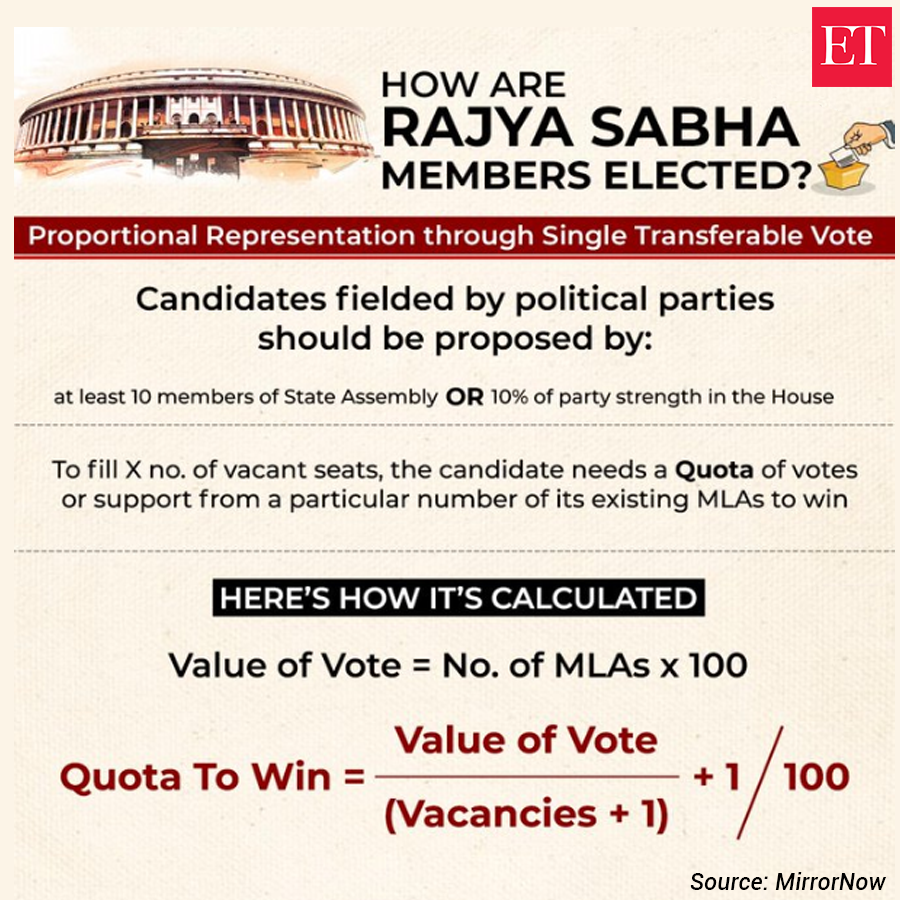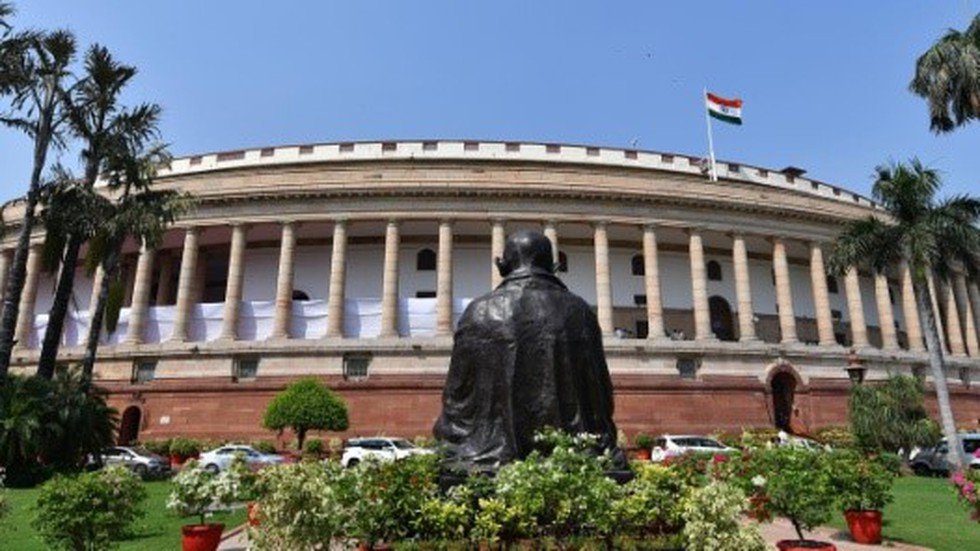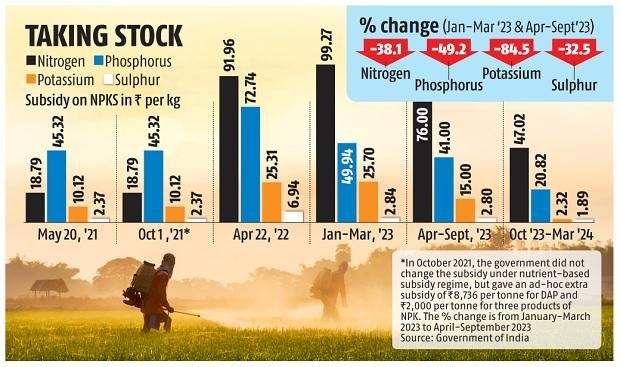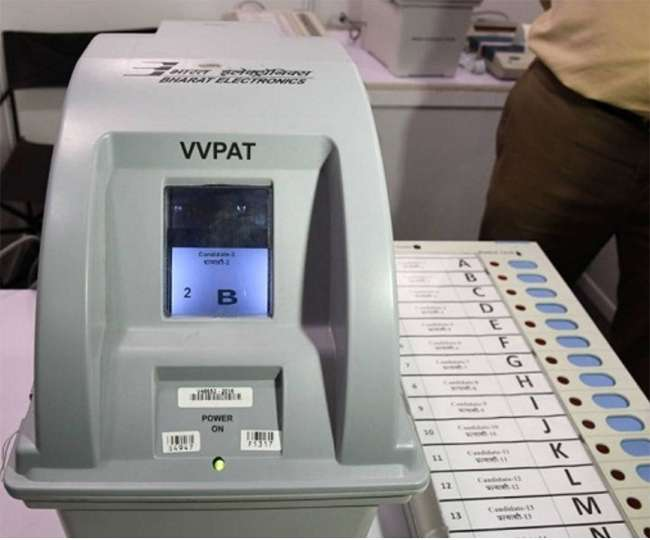
Ethanol Blending
Subscribers of "Current Affairs" course can Download Daily Current Affairs in PDF/DOC
Subscribe to Never Miss an Important Update! Assured Discounts on New Products!
Must Join PMF IAS Telegram Channel & PMF IAS History Telegram Channel
- Context (TH | IE | BS): GoI allowed sugarcane juice to make ethanol a week after the ban.
- It permitted sugarcane juice and B-heavy molasses (by-product of sugar) for green fuel production but limited sugar diversion to 17 lakh tonnes.
- For now, the capping will be in place for the 2023-24 supply year that ends in October next year.
Ethanol
- Ethanol (ethyl or grain alcohol) is a biofuel produced by yeast fermentation of sugars or starches.
- The hydration of ethylene can also produce it.
- It is a volatile, flammable, colourless liquid with a pungent taste and odour.
- It is commonly used as a recreational beverage, a fuel source, a solvent, and an industrial feedstock.
- Ethanol is 99.9% pure alcohol that can be blended with petrol.
Why is the Government so Focused on Ethanol-blending?
- Earlier, the demand for ethanol was from potable liquor and chemicals companies.
- But now ethanol blending is on the top priority list of the government. The reasons for this are:
- Environment friendliness of ethanol
- Reduce reliance on oil imports
- Cheaper than petrol
- Consequently, sugar/sugarcane started getting diverted for ethanol production in the past few years.
- In addition to sugarcane, India is establishing modern technology-based ethanol plants to convert agricultural waste/surplus into ethanol.
Ethanol Blending Programme (EBP)
- The EBP programme was launched in 2003 with multiple objectives, including:
- Reducing import dependence
- Savings in foreign exchange
- Providing a boost to the domestic agriculture sector
- Associated environmental benefits.
- Under EBP, India aims to blend 20% ethanol in petrol (E20) by 2025.
Increase in Ethanol Blending
- All-India average blending of ethanol in petrol has risen from 1.6% in 2013-14 to 11.8% in 2022-23.
- Ethanol blending in petrol has risen due to feedstock diversification.
Feedstock of India’s Ethanol Blending
- Under the National Policy on Biofuels 2018, the GoI allowed the conversion of B-Heavy molasses (a by-product of sugar), sugarcane juice and damaged food grains (DFG) to produce ethanol.
- This began differentiated ethanol pricing based on raw material/feedstock.
- The move enabled:
- A reliable supply of feedstocks
- Price stability for farmers
- Moreover, in 2020, maize was introduced for ethanol production.
|
|

Challenges to India’s Ethanol Policy
- High dependence on sugarcane, which is water-intensive. Thus, a weak monsoon or erratic rainfall poses a great threat to the industry.
- Shortage of sugar for consumption
- Lower calorific value: Pure ethanol has a lower calorific value than petrol, leading to an inverse correlation between vehicle mileage and the ethanol blend percentage.
- Vehicle health: Using ethanol-mixed petrol can lead to corrosion and rust in the fuel tank as it has high polarity and moisture affinity.
Way Ahead
- Increase grains as feedstock: The successful implementation of the EBP programme needs 50% ethanol to be produced through grain-based distilleries.
- Increase maize as feedstock: Maize-based ethanol is more economical and water-efficient than sugarcane.
- Dual feedstock capability plants: Setting up dual feed (molasses or grain) ethanol plants.
- Policy support: Agriculture policies supporting ethanol-producing crops.
Biogas
|
||||||||||||||||||||||||




![PMF IAS Environment for UPSC 2022-23 [paperback] PMF IAS [Nov 30, 2021]…](https://pmfias.b-cdn.net/wp-content/uploads/2024/04/pmfiasenvironmentforupsc2022-23paperbackpmfiasnov302021.jpg)












